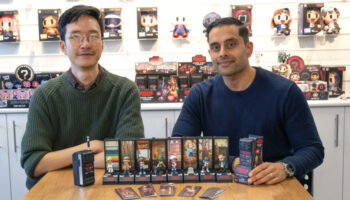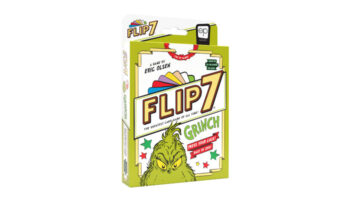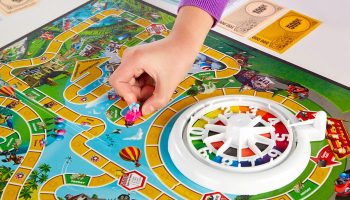Leila Nosrati from Master Toy Advisors on the three things she looks for in every product and why some industry secrets should never be kept

Leila Nosrati sees ideas – as they are now, and as her clients might sell them.
Here she tells us the three things she looks for in every product – and why some industry secrets should never be kept…
Hello Leila! Before I do anything, how best do I describe what you do?
I help companies buy and market new ideas for products! That is, I help clients source inventor concepts, and imagine how they might integrate them into their product lines… Advising them on which innovations they should buy, and then how to develop and market them to retailers. My work includes launch and channel strategies, and also distribution. Being my client is like having an outsourced innovation team with retail experience.
There’s also a good way NOT to describe you, isn’t there?!
Yes! I’m NOT a licensing agent; I don’t sell inventions or represent inventors. Occasionally, I do coach newer inventors on retail and licensing readiness… I work with them on how to present themselves and pitch inventions to secure an agent, or get in front of a consumer-products company if they want to represent themselves. It’s a boot camp of sorts.
Sounds interesting… I like the thought that “I buy ideas” could be on your business card! It’s quite a specialist role, though. What’s your background?
I’m an ex-retail buyer, so my background is merchandising… So in a way I’m still a buyer but – instead of writing purchase orders – I help consumer-product companies buy – that is, license – concepts… Then I help them with the development and retail strategy. I started out with toy companies, but open innovation, as it’s called, is used in all sorts of consumer products.
So how did you get into toys and games in the first place?
Eons ago, I was recruited out of graduate school into the Toys R Us management rotation program. Luckily they put me in the merchandising rotation first… I immediately fell in love and said, “No thank you” to the other rotations – finance, operations, and the rest of the dry stuff.
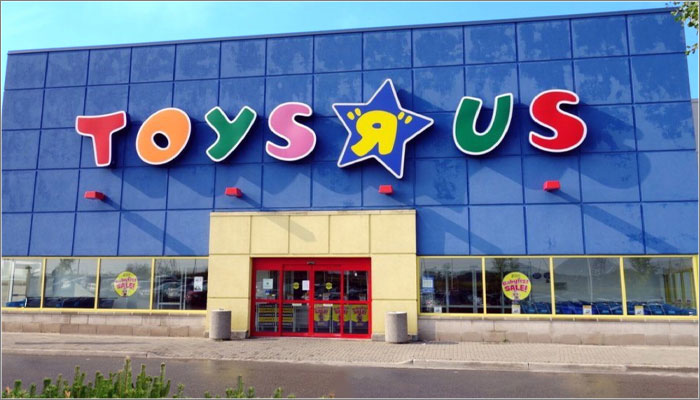
Going in, I didn’t even know there was such a profession as toy buyer, but I was immediately hooked. After 14 years and all sorts of categories, retail really lost its flavour. I left to help grow a business my family is building in real estate, and a couple of years later Toys R Us imploded. All the while, I never stopped loving toys: I was just tired of retail. Luckily I stayed in touch with my old industry friends, and now here we are, having this chat – and making new toy-industry friends.
Yes – and thanks for making time! When we first met, people were pitching ideas to you at a Mojo Nation event… So what is it you look for in a product?
Gosh, I hate it when people answer a question with “It depends…”
And yet…
And yet I’m about to! It really does depend! There are three things generally… Of course, I want to see if the product addresses current market data, trends, and consumer insights. Second, I want to know what gap in the market it proposes to fill… And finally does it fit the unique manufacturing strengths, growth strategy, and sales influence of my client?
Those three things combine to make that gap ownable by a particular manufacturer. After all those hurdles are cleared, it still has to be developed, executed, and marketed, and still there’s no guarantee of success. But as an inventor you have a much better shot of repeat royalty checks if these factors are contemplated.
And in your experience, is there a secret formula for getting ideas to market? Or is it “a number game”?
Gosh, I hate it when people answer an either/or question with “Yes”…
Am I spotting a pattern? Is this an “And yet…” moment?
Yes! Actually I’ve had this question before and I’m going to answer it a little differently. Bear with me… The formula isn’t a secret. It’s what we just talked about! The three things I just described are straightforward, but not easy – and it’s there for everyone to use… But there seems to be a bit of a secret ingredient in the formulas of products that stick once they get to market… Happily, that secret is getting out because it should never have been a secret.
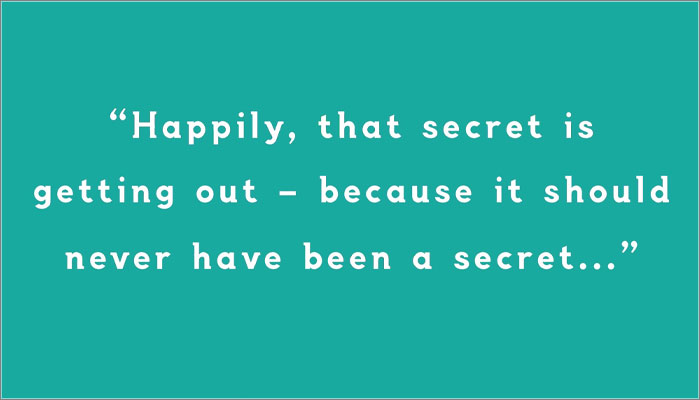
Go on…
It’s this: companies should not only be open TO outside innovation, but also be open ABOUT outside innovation. I’ll never forget when, in my early days as a buyer, I was at a showroom during previews and someone mentioned that a really-cool mechanism in a new toy came from an inventor.
This was the first time you realised external invention was a thing?
Yes – and it blew my mind! There are people who invent toys for a living?! What?! Where did my parents lead me astray with their career advice? Anyway, I thought it was brilliant and was excitedly asking all kinds of questions about the genius who came up with it, strictly out of fascination and curiosity.
Well, the brand team was absolutely squirming! They didn’t want to go into details of how this awesome new thing wasn’t their own brainchild. I was so innocent and confused – why wouldn’t you want to talk about the inventor? It wouldn’t take anything away from the brand, and actually it would bring the item MORE credibility, if only for having enjoyed two sets of insights: those of the inventor, and those of the brand.
That’s a very good point! And what’s wrong with being brilliant enough to know when things are brilliant enough?!
Right?! In my mind, having a product that a manufacturer is willing to pay money to acquire is a badge of honour… Especially when brands are incentivised to prioritise internal development. As time went on, I didn’t stop asking if inventors were involved in the products I was buying. I’m sure it was quite annoying to the brand managers, but to this toy nerd, it was like going backstage at a concert!
Some brands continued to skirt the question, and some probably still do. But I would say the secret of “open innovation” is finally out in our industry. It’s great to see companies being more overt about it, putting up little signs next to products in their showrooms, or even bringing the inventors on stage with them to accept industry awards.
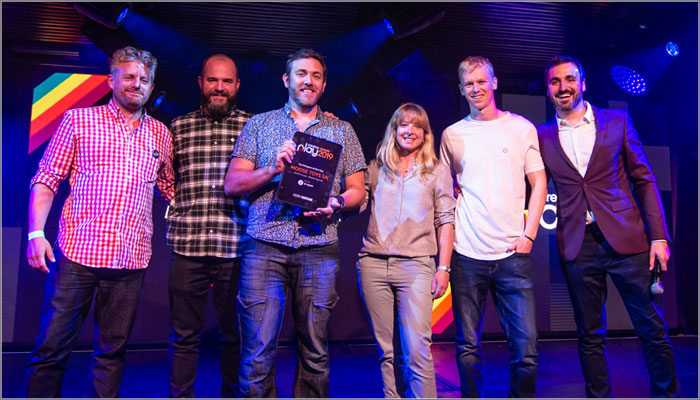
I were an inventor, I’d take more credit, but I can barely draw a stick figure, so that point is moot! Based on this very long-winded answer to your short question, I’m going to collaborate on an article about this topic, with a certain inventor-relations guru we both know and love.
That’d be great! Bagsy that as a Mojo opinion piece! Either way, you’re saying inventor items should be prized trophies, not dirty secrets?
Exactly… My bet is that if someone took the time to analyse products on a host of important measures, they’d likely see a pattern – that the products that score high were inventor items. That’s a secret ingredient worth noting. All this said, I’d imagine that even the most prolific inventors would tell you that getting to market in the first place is still a numbers game, and that rests on a combination of right time, right place, right partner, and a whole lot of other “rights”.
You’re absolutely right! I’m curious, then: what’s your industry pet hate?
Label-slapping. I know why it’s often necessary, and I know it can be a big moneymaker. But it’s boring, so in an industry where there is very little to hate, I’ll say it’s this.
Professionally speaking, what would you most like to be known for?
Integrity and fun. First, with integrity, I believe everyone involved in a deal should come out of it better off. Otherwise, why bother? So for my part, it’s important not to beat around the bush.
In what way?
I just tell people honestly why I think a concept or execution might or might not work for a particular target, or why it might just not be a good product to begin with. Sometimes the right thing to do is help people cut their losses. In retail we called that “A markdown waiting to happen…”
Oh, that’s lovely! I spent years in UK retail; I never heard that phrase!
No? UK retailers are so elegant! We used it a LOT! And when you spot one, of course, it’s better not to buy that product in the first place. Second, but equally important, is to remember that, in the toy industry, we’re all peddlers of fun. Or purveyors of fun if you want to sound more elegant! It’s a delightfully-small industry, and we’re not making toothpaste or building high-rises. So in a business rooted in fun, why not be collaborative, have fun while making fun products, and while we’re at it, make some money?
Well, I’m going to segue into a closing by saying, “THIS has been fun…” Thank you for making time! Last question: what’s the most interesting thing in your office?
In the toy realm it would have to be my wall of shame – the toys that had to be pulled off shelves for reasons other than safety. A few are a set of baby dolls that appeared to curse, an electronic plush that gets a little too happy when you pet it, a rude talking teddy bear, and an action figure that offended a very uptight and vocal Florida mom.
That sounds AMAZING! There must be an article there!
Oh, I’m sure… There are fun stories behind each of them! Aside from that, I don’t know if others would classify them as interesting, but you should see my husband’s paintings! His subjects are so much fun and he employs a spectacular use of colour and texture. Not sure how he got involved with a woman who can barely draw a stick figure!
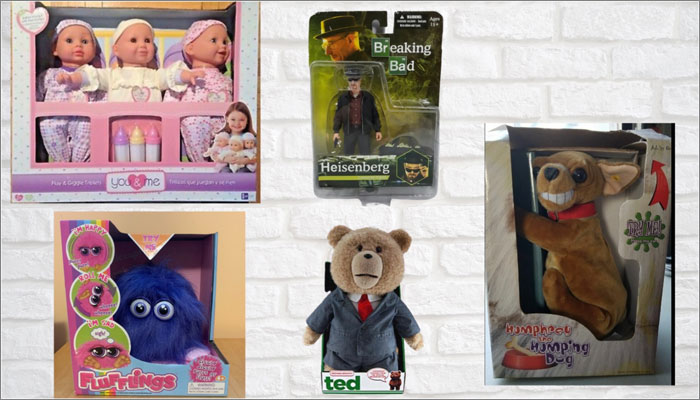
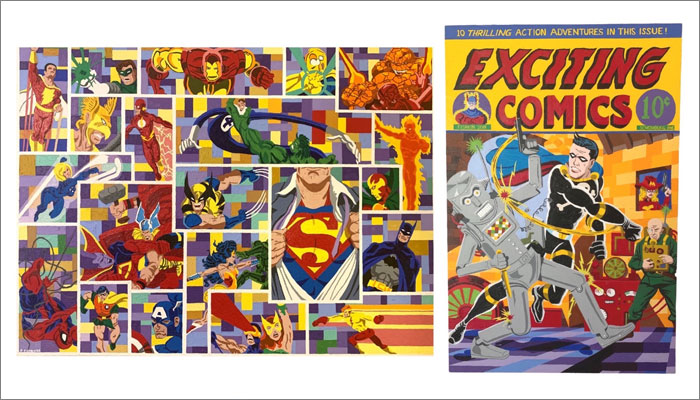
—-
To stay in the loop with the latest news, interviews and features from the world of toy and game design, sign up to our weekly newsletter here









